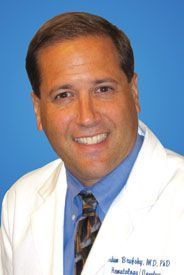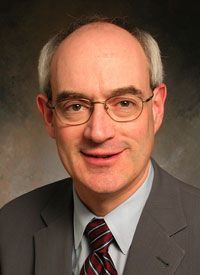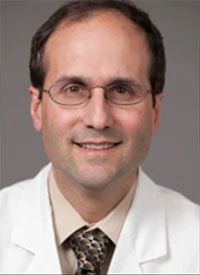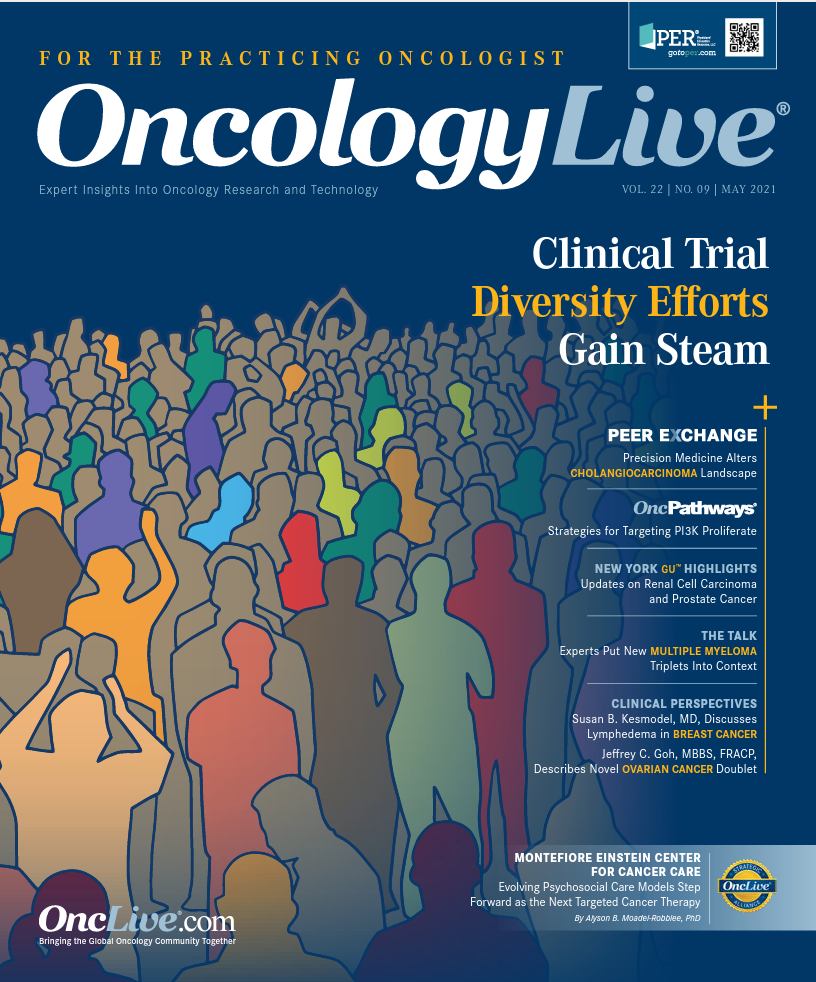Publication
Article
COVID-19 Has Diverse Effects on Cancer Care
Author(s):
OncologyLive® Advisory Board members speak about how COVID-19 has touched all aspects of oncology practice, research, and treatment.
Adam M. Brufsky, MD, PhD

The COVID-19 pandemic has changed strategies and practices in industries across the world, and oncology is no exception. Almost immediately after the pandemic took hold in the United States in March 2020, oncologists and patients were forced to make changes that were once thought to be impossible or at the very least impractical. The types of adaptations, and their degree, have varied depending on a host of factors, including location, economic standing, and disease status, but almost no practice has gone through the pandemic unaffected.
OncologyLive® Advisory Board members spoke about how COVID-19 has touched all aspects of oncology practice, research, and treatment.
BREAST CANCER
Adam M. Brufsky, MD, PhD - University of Pittsburgh Medical Center
Initially when [the pandemic] became serious, we took a very cautious approach. We tried to postpone surgery and give people neoadjuvant hormonal therapy as much as we could. After the f irst 6 to 10 weeks, we tried to slowly transition back to a kind of normal practice. For the past year, patients have been very concerned; we tried to validate their concerns and help [treat] their breast cancer. The most important thing about breast cancer is that you shouldn’t put off [methods of] detecting it; you should try to as best you can to do your normal screenings. If you have it, you shouldn’t put off treating it.
There was concern that people who would have ordinarily been treated for their breast cancer decided to postpone because of concerns with COVID-19. This is not ideal because there is a survival benefit to a lot of the treatments we utilize in breast cancer if we use them early…CDK4/6 inhibitors are a perfect example. If we give them earlier in the disease course, there are potential survival benefits. We try to make it as easy as we can with televisits, so the patients continue with their therapy. In terms of volume, we’re back to our prepandemic levels, and we’ve probably been back to that for at least 6 months.
LUNG CANCER
Edward B. Garon, MD - Ronald Reagan UCLA Medical Center
The most visible impact is the increase in video visits. In addition, in some situations, starting cytotoxic chemotherapy was something that I slightly favored in normal times, but slightly disfavored [during the pandemic] because of enhanced concerns about increased risk of infection.
Daniel J. George, MD

GENITOURINARY
Daniel J. George, MD - Duke University Cancer Center
In March 2020, our clinic largely shut down and we were only seeing the essential active-treatment patients. Our volume decreased dramatically and many patients decided to stop their therapy for a period of time because of the unknowns about COVID-19. Over the course of the past year, we’ve seen that fear wax and wane. There have been a lot of inconsistencies with how we as a staff have reacted to COVID-19. Something that has persisted throughout the whole period is the recognition that cancer care goes on, but it’s been affected by the isolation.
As providers, we continue to work much more siloed than we were [prior to the pandemic]. It’s improved since the first couple of months, but most of our interactions are still [conducted using] Zoom. Even though almost all of our health care providers and support staff are vaccinated, we still have limited in-person meetings, [which is not ideal]. Much care and research happens in those impromptu, face-toface interactions that happen when you’re at a critical mass in a health system or in a research institute. It’s definitely affected our culture, beyond these restrictions.
Even now that we’ve been vaccinated and patients have also largely been vaccinated, we’re not back to the way we were. Most of our patients are older than 65 years and I would say 75% to 80% of my patients has been fully vaccinated. Yet, I rarely shake hands with patients and almost never hug a patient. Patients are still reluctant to come in; they’re still reluctant to do therapy because of these inherent risks. That habit has formed now and it’s going to take active energy to change people back to trusting everything from public transportation to restrooms.
Even though we’ve been told that with vaccination we’re safe from this virus, 95% protected, people are still acting as if they’re not safe. That doubt is almost unconscious in their behavior. It’s a concern because it affects their willingness to do all the other things that patients used to take for granted such as participating in clinical trials, going to support-group meetings, or participating in advocacy and fundraising events. I worry that’s not going to change overnight; it’s going to take some real effort, energy, and conviction to [reinforce the message that] those interactions are important in the experience of cancer care.
SARCOMA
Brian A. Van Tine, MD, PhD - Washington University School of Medicine, St Louis
In the Midwest, COVID-19 arrived late, and we learned a lot from the coastal states. Our clinical trial program never shut down and our oncologic surgeries never shut down. The biggest impact may have been when our patients [received a] diagnosis [of cancer], and the stage at which they showed up. We’re seeing larger tumors and more metastatic extent of disease than we used to. It’s become more of a treatment challenge for the people who weren’t part of medical care in that year—if you couldn’t get diagnosed, you couldn’t get to us [for treatment].
I think this is probably the biggest impact we’ve seen on care in the Midwest: “I wish I’d seen you earlier.” I’m sure this is happening in other places; people are not getting colonoscopies and that has an affect downstream. Their smaller masses are now larger, so we’ve been a bit more heroic with chemotherapy than we used to be, and we’ve rescued some people.
Everett E. Vokes, MD

HEAD, NECK, LUNG CANCERS
Everett E. Vokes, MD - University of Chicago Medicine and Biological Sciences
COVID-19 restricted access by taking away capacity of the in-patient unit, which became dominated by patients with COVID-19. The other impact was on patient confidence to travel [to the facility] and be seen [in person]. We compensated by switching many aspects to telemedicine. The experience, while forced upon us under bad circumstances, has been a good one because we learned by being forced into a new situation.
It turns out that much of the business, [although] certainly not all, can be done remotely. We can talk to patients remotely about their scan and lab results. We don’t want to see a new patient remotely; however, it may be a [better solution for] second opinions for someone who lives farther away.
LUNG, THORACIC CANCERS
Heather A. Wakelee, MD - Stanford University Medical Center
Prior to the pandemic, [video visits] were something that we were talking about being able to do. When the pandemic [necessitated restrictions], nearly 70% [of our visits became] video visits. We’re closer now to probably 50%, and our goal is to have somewhere in the 30%-to-50% range be video. We’re testing patients monthly for COVID-19 if they’re getting infusions or scans. The providers are all getting tested weekly now. Universal masking was implemented early [and has been] maintained, and I don’t know if that will ever go back to the way it was.
We didn’t really change treatments for most of our patients; [however], some modifications were made with medications. For example, some infusion therapies that were [being given] every 2 to 3 weeks were shifted to [being given] every 4 to 6 weeks. It’s easier if the patient doesn’t come in very often, and it’s safer for the patient to not have to leave home. However, we don’t get to see the patient as often, either via video or in person. We will continue to decide on an individual basis if someone is a good candidate for the less frequent visits and less frequent infusions.
Nabil F. Saba, MD

HEAD AND NECK CANCER
Nabil F. Saba, MD - Winship Cancer Institute of Emory University
It has been a humbling experience, and many of my colleagues would agree with me that this was unexpected. But it also showed how resilient the health care system is in terms of being able to adapt. We were quick to try to find solutions during the crisis. For our patients with head and neck cancer, we relied on a team effort to channel these patients to treatment options that they may not have otherwise considered. We created ad-hoc meetings between different specialists to see if we could treat patients with different modalities if the operation schedule did not permit surgery. We were able to maintain ongoing patient care and facilitate treatment for many of our patients, although the treatment modality may have changed.
Telehealth has been helpful in many instances; however, I don’t believe every patient is ideal for this situation. We’ve seen some patients who were easily followed through telehealth. Some patients who are stable in general were able to do OK with telehealth visits, even though they were on some form of maintenance therapy or had scheduled follow-up visits following definitive therapy. The patients who didn’t continue to do [as well] were patients who may have some technical challenges with calling in on telehealth, patients who cannot really vocalize. For patients in the most need, telehealth has not been proven to be an effective tool. As a result, we’ve seen in the clinic an increase in patients with more acute problems, [beginning] when COVID-19 [cases eased]. We saw a surge in patients with large tumors, patients who have not had adequate investigation and who have not had adequate care. It has been a learning curve, and we’ve learned a lot.
Michael A. Morse, MD, MHS

GASTROINTESTINAL CANCERS
Michael A. Morse, MD, MHS - Duke Cancer Center
We are utilizing telehealth more (about 15% of patients), which has increased accessibility as well as the speed with which we can resolve patient concerns.
What I have noticed the most, though, is a willingness to say, “why not” to many ideas that previously were thought to be unacceptable such as electronic signatures, virtual consenting for studies, administering certain injections at home where previously a visit to the infusion center was required, and virtual consults for focused medical questions.
THORACIC, HEAD AND NECK CANCERS
Jared Weiss, MD - University of North Carolina Lineberger Comprehensive Cancer Center
There has been a stage migration to later stages as many patients are fearful of coming to the hospital. COVID-19 also sped the development of virtual care; however, it is not optimal for all patient situations and [is not likely to become] a permanent part of care. It is very helpful for patients who live farther away, have good [internet] bandwidth, and for whom a physical examination is less helpful. [Virtual consultations are] also good for second opinions as well as for patients who receive targeted therapy.










